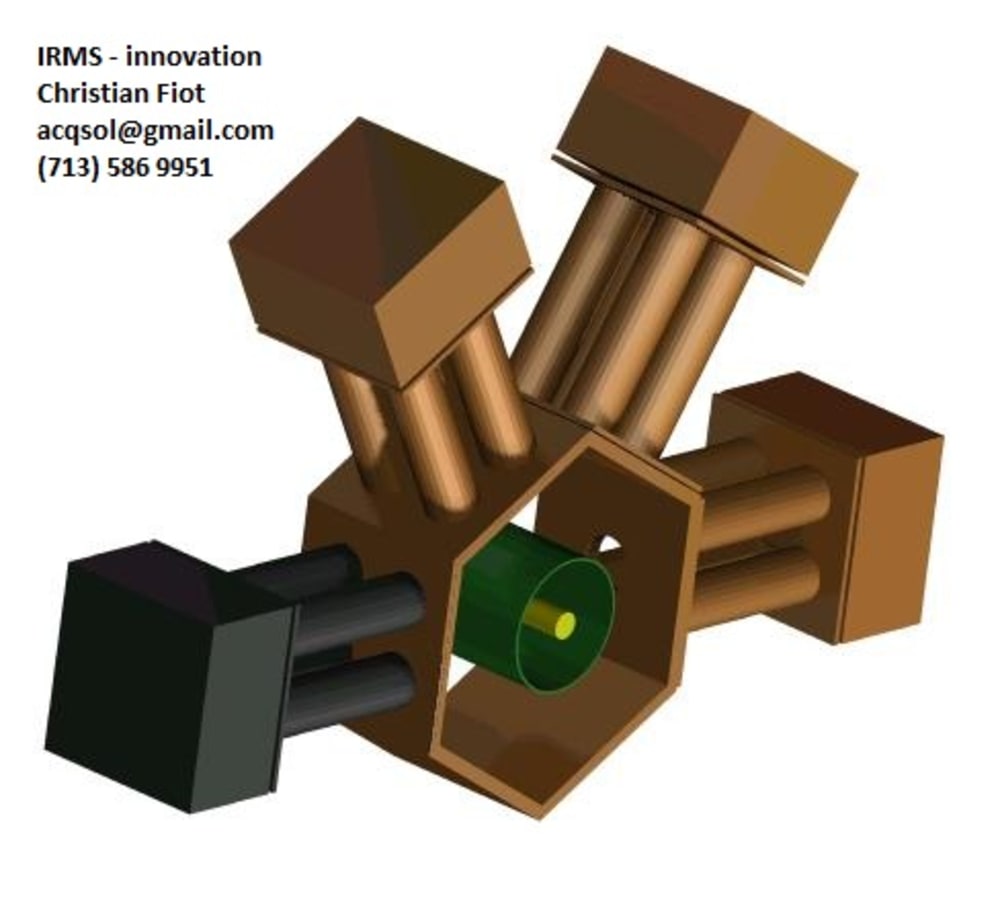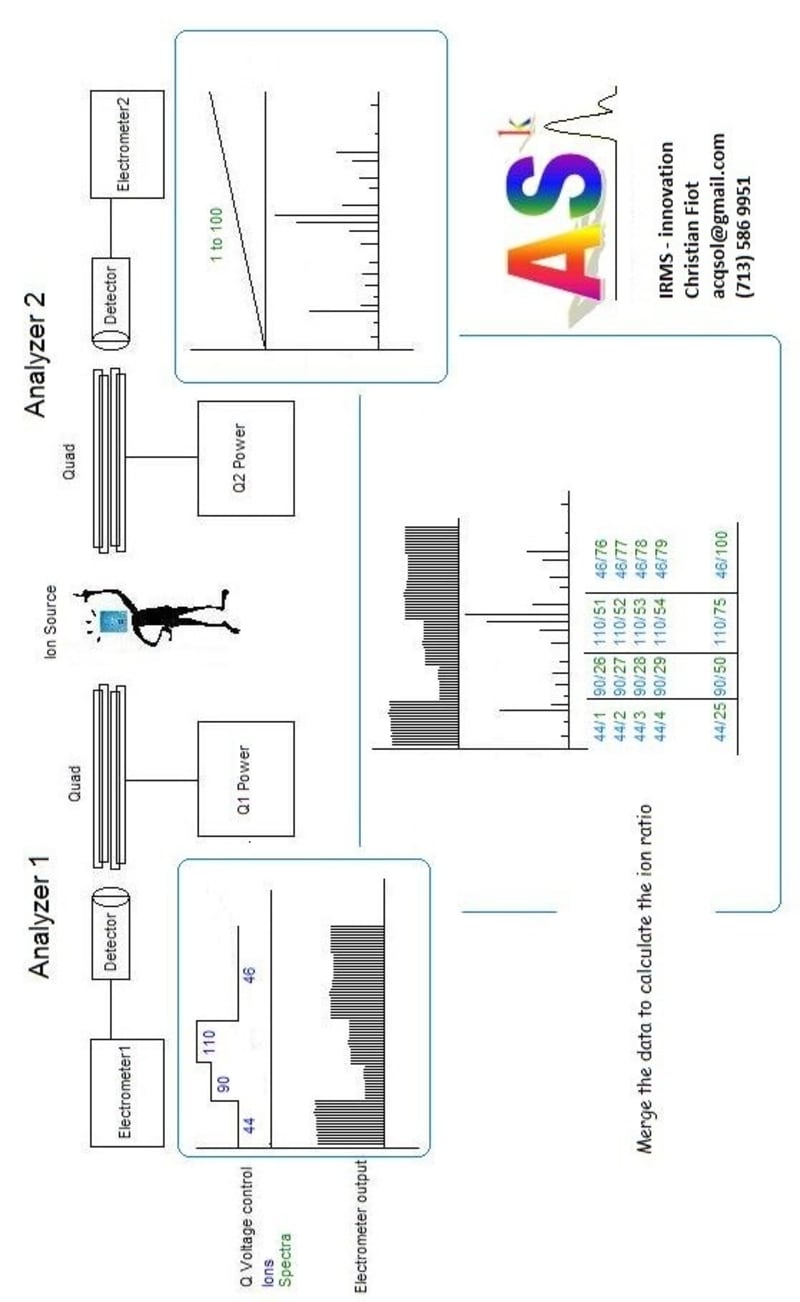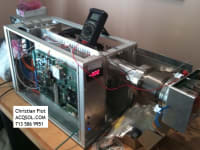The IRScan (Isotope Ratio Scan spectrometer )
IRScan is an idea for an affordable and durable Isotope Ratio Mass Spectrometer (IRMS) that incorporates advanced scanning features, enabling chemists to quickly obtain enhanced information about their samples.
Applications:
- Forensics: Investigations of drugs, explosives, and counterfeit materials. It provides information about origin, manufacturing processes, and authenticity.
- Environmental: It helps in studying carbon cycling, nutrient sources, pollutant tracing.
- Geology: Assists in studying geological processes, including dating rocks and minerals.
- Food Authentication and Traceability
- Climate: Analyzes stable isotopes in ice cores, tree rings, and atmospheric gases.
- Biomedical Research: Utilized in medical and biological research to study metabolic processes, drug metabolism, protein analysis.
- Petroleum and Petrochemical Industry: Characterization of oil and gas reservoirs. It aids in determining the origin, maturity, and alteration of petroleum resources.
How a commercial IRMS works:
The best mass spectrometer for the measurement of isotope ratio at the present time is the magnetic sector instrument. The timing of the operation more than the resolution of the spectrometer is the key factor for the proper measurement of isotopes. Ions are created at t0, the mass filter separate the ions at t1, all of the ions are measured at t2 with great precision and a large dynamic range.
How the IRScan works(see photos)
The present innovation in building an isotope ratio mass spectrometer comes from using a source with multiple exits allowing the use of a low cost analyzer like a quadrupole. A filament is placed in the middle of a block source (polygon) connecting the analyzers. The filament (yellow) is surrounded by a grid (green) to extract the ions into all 360° direction. The ions in the vicinity of an analyzer are pulled down the analyzer's mass filter to be separated according to their mass. Each analyzer can be programmed individually to monitor a specific ion (or a range of ions). A program can then ratio the signal from each detectors. The individual analyzer can be Quadrupole, TOF, Magnetic or a combination of any kind of mass detector. The drawing attached shows the source connected to four quadrupole detectors.
Key features of the IRScan:
- Dynamic isotopes selection based on real-time results, eliminating the need to reconfigure and power down the spectrometer.
- Full spectra scanning capability for molecule identification.
- Seamless switching between SIM/Scan/IRMS modes during ongoing analysis.
- Extended mass range up to 1k AMU (atomic mass unit) compared to the typical 100th AMU range.
- Enhanced sensitivity and signal-to-noise ratio through the utilization of conventional electronmultiplier or photon multiplier instead of Faraday cage.
- Ability to calculate ion ratios of ions more than a 1k AMU apart versus a few atomic mass units apart.
- Designed with rugged technology to withstand field applications versus sensitive to temperature magnet technology.
- Compact and lightweight design.
- Low power requirements.
- Inexpensive to build.
Christian Fiot
(1) 713 586 9951
ACQSOL.COM
Like this entry?
-
About the Entrant
- Name:Christian Fiot
- Type of entry:individual
- Patent status:none









